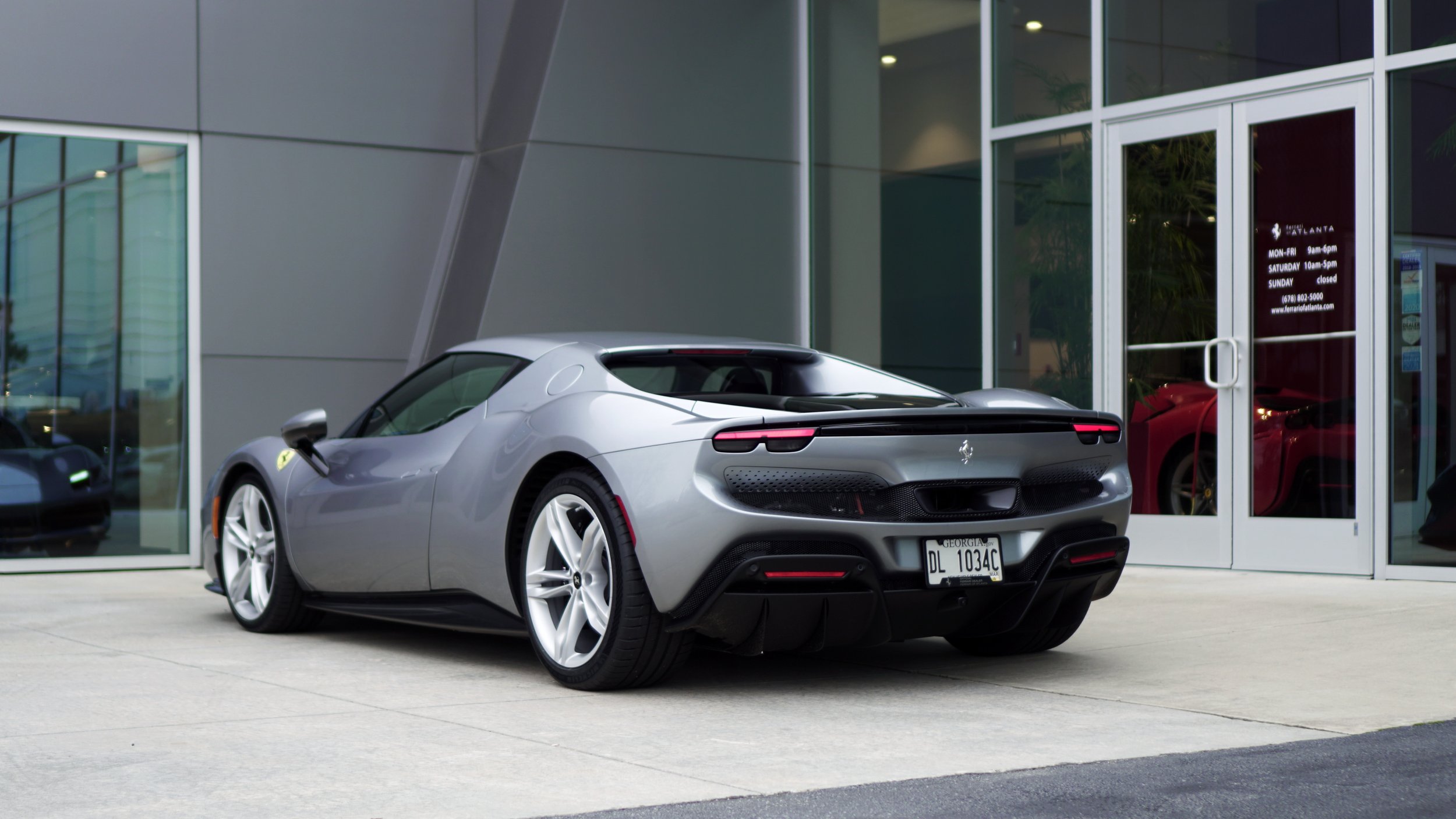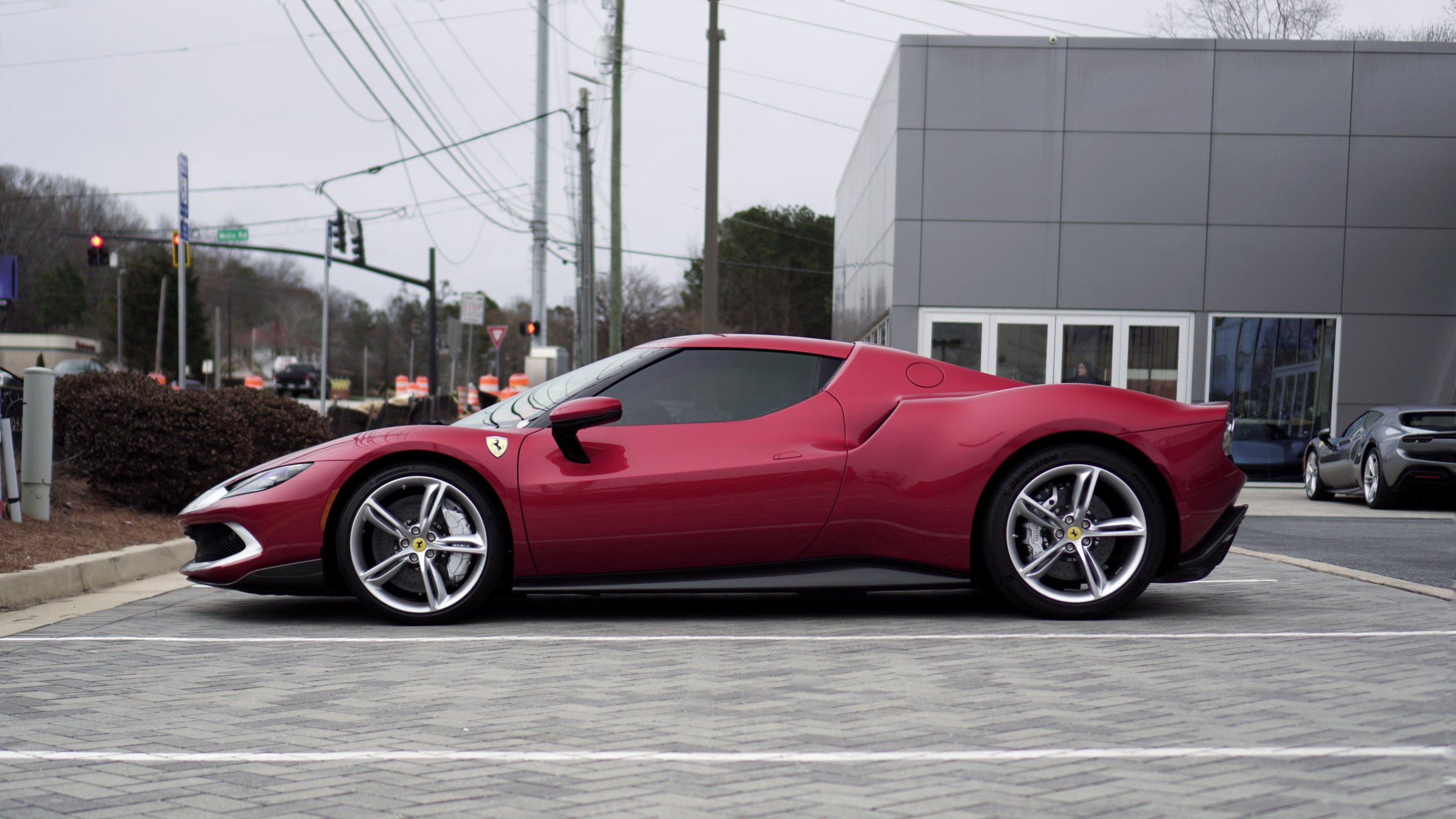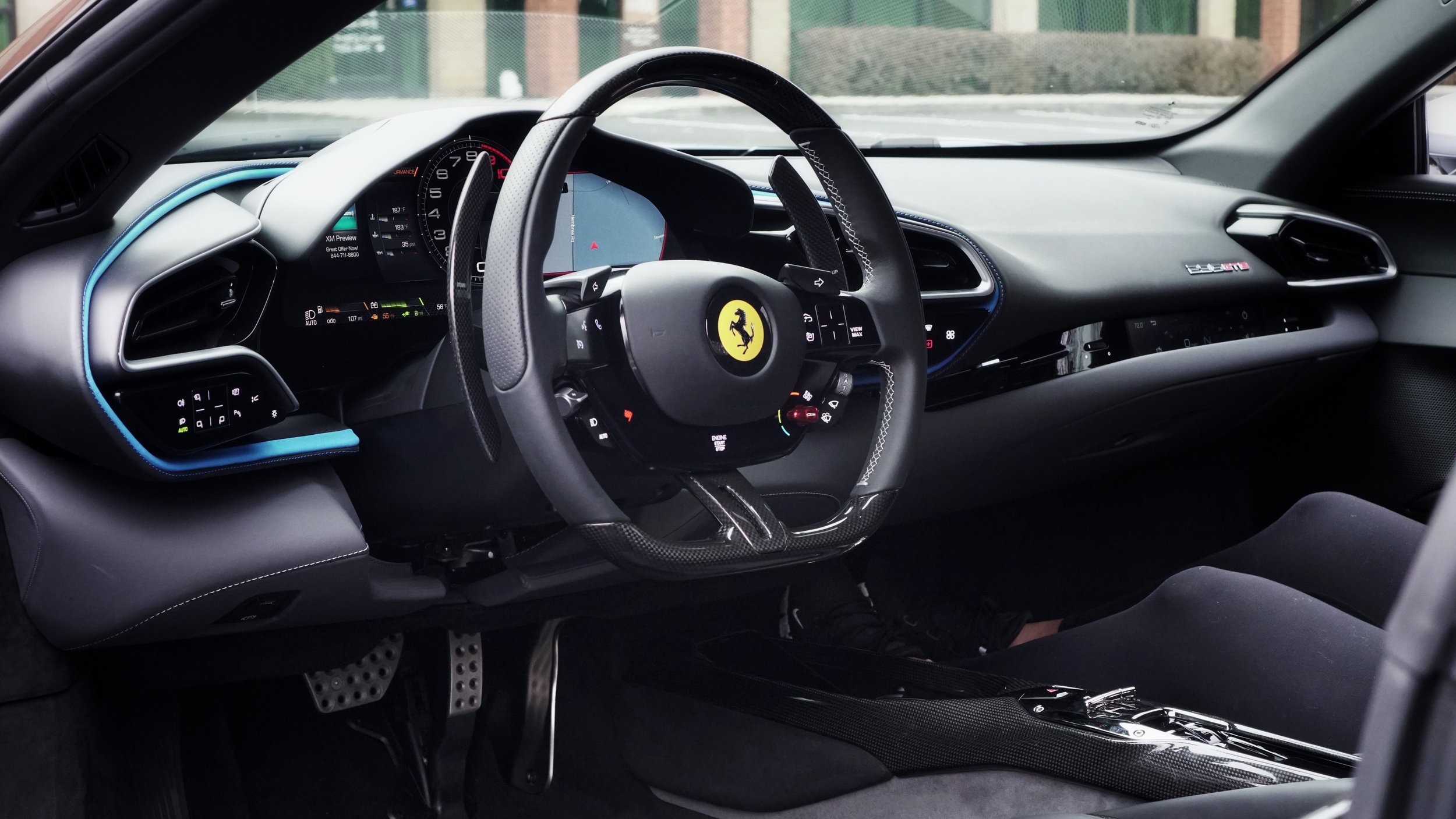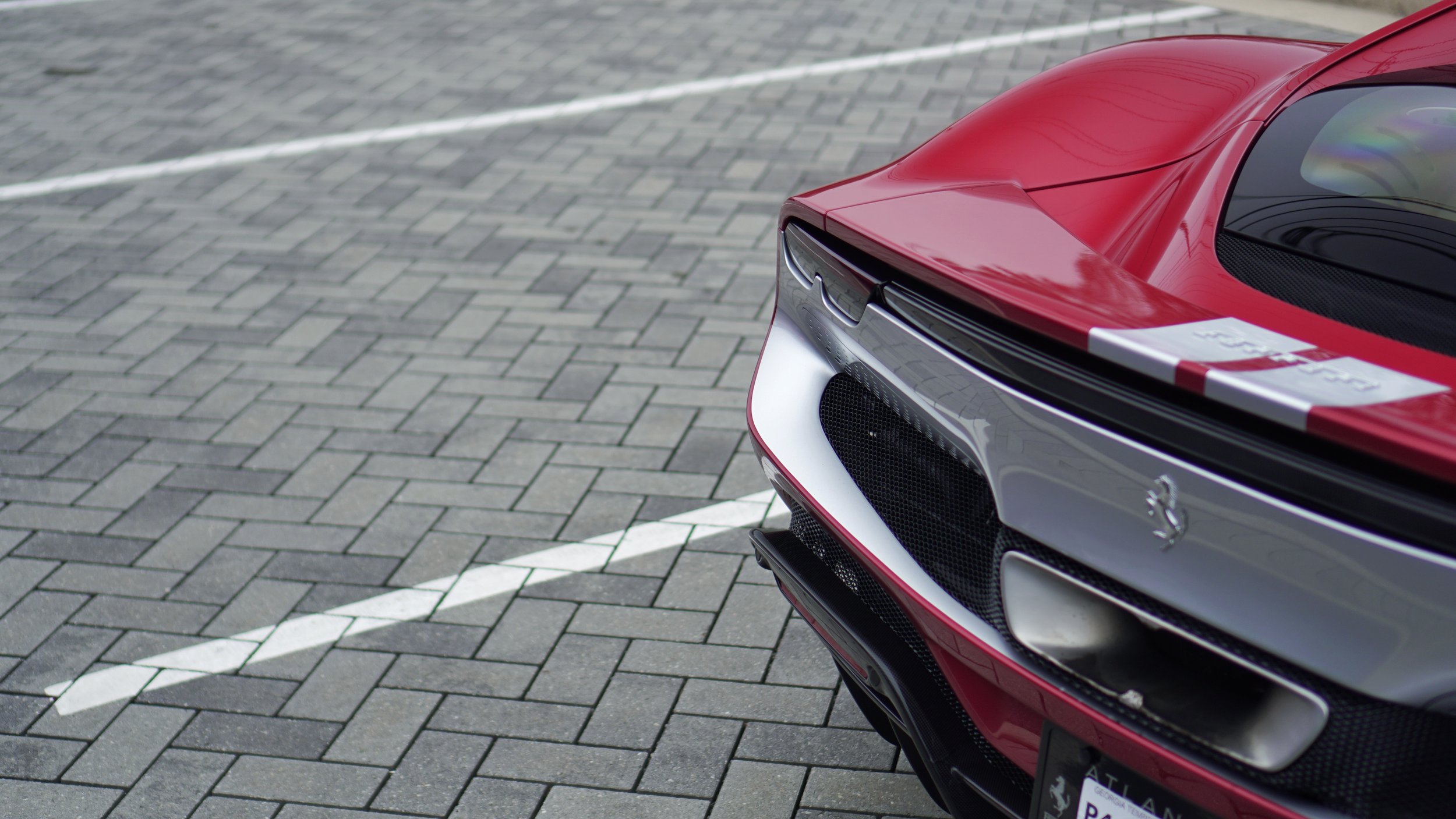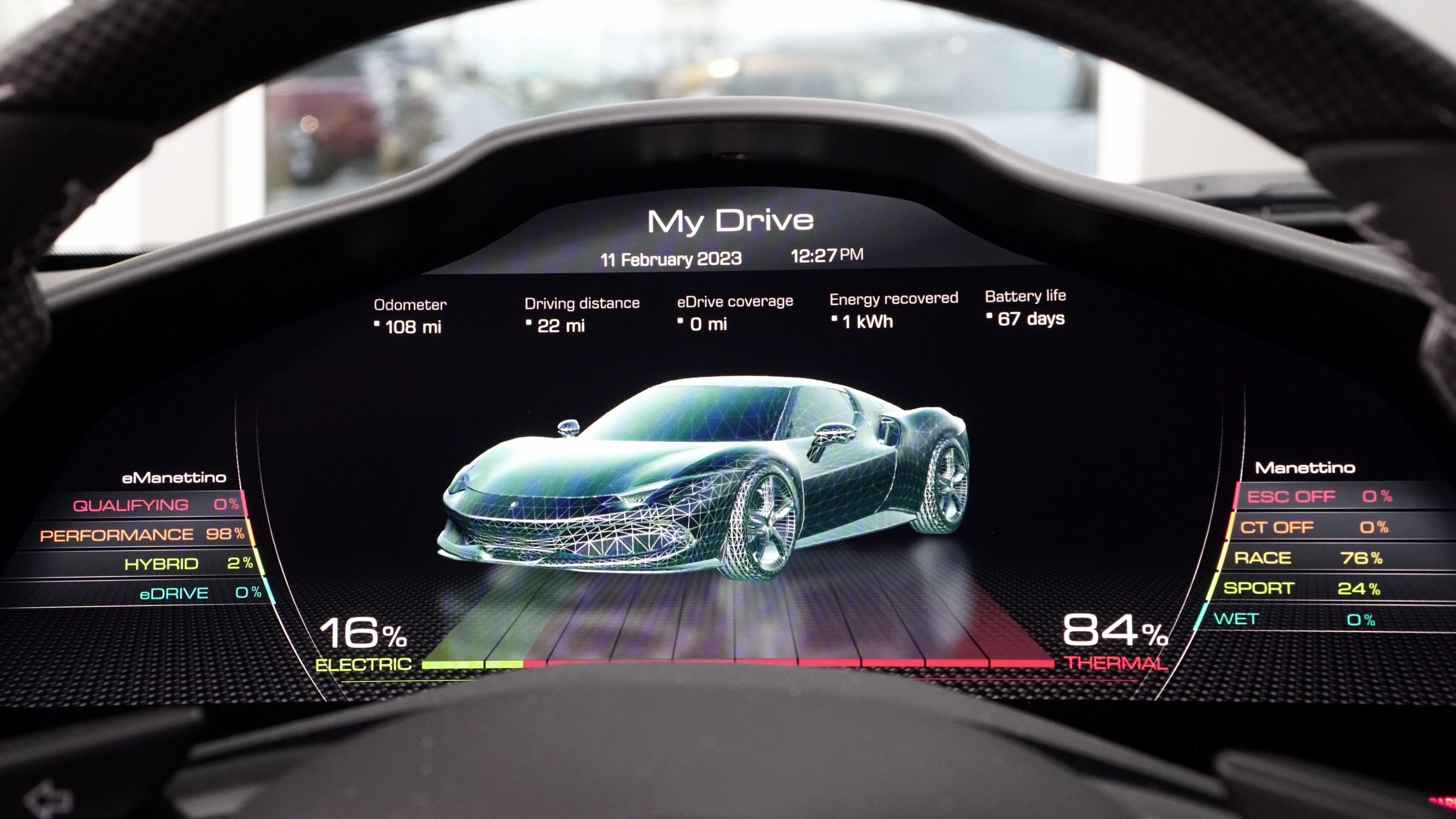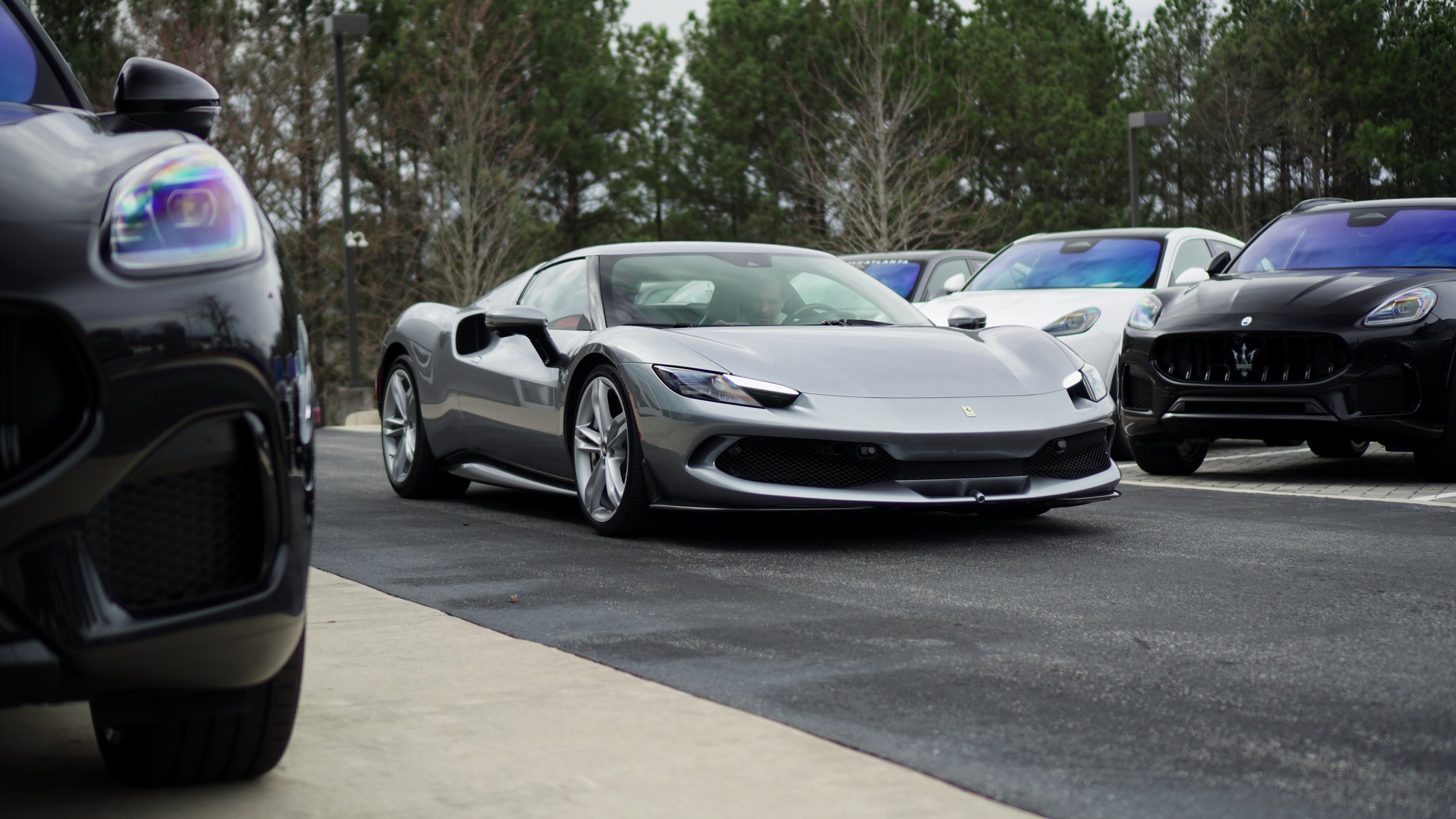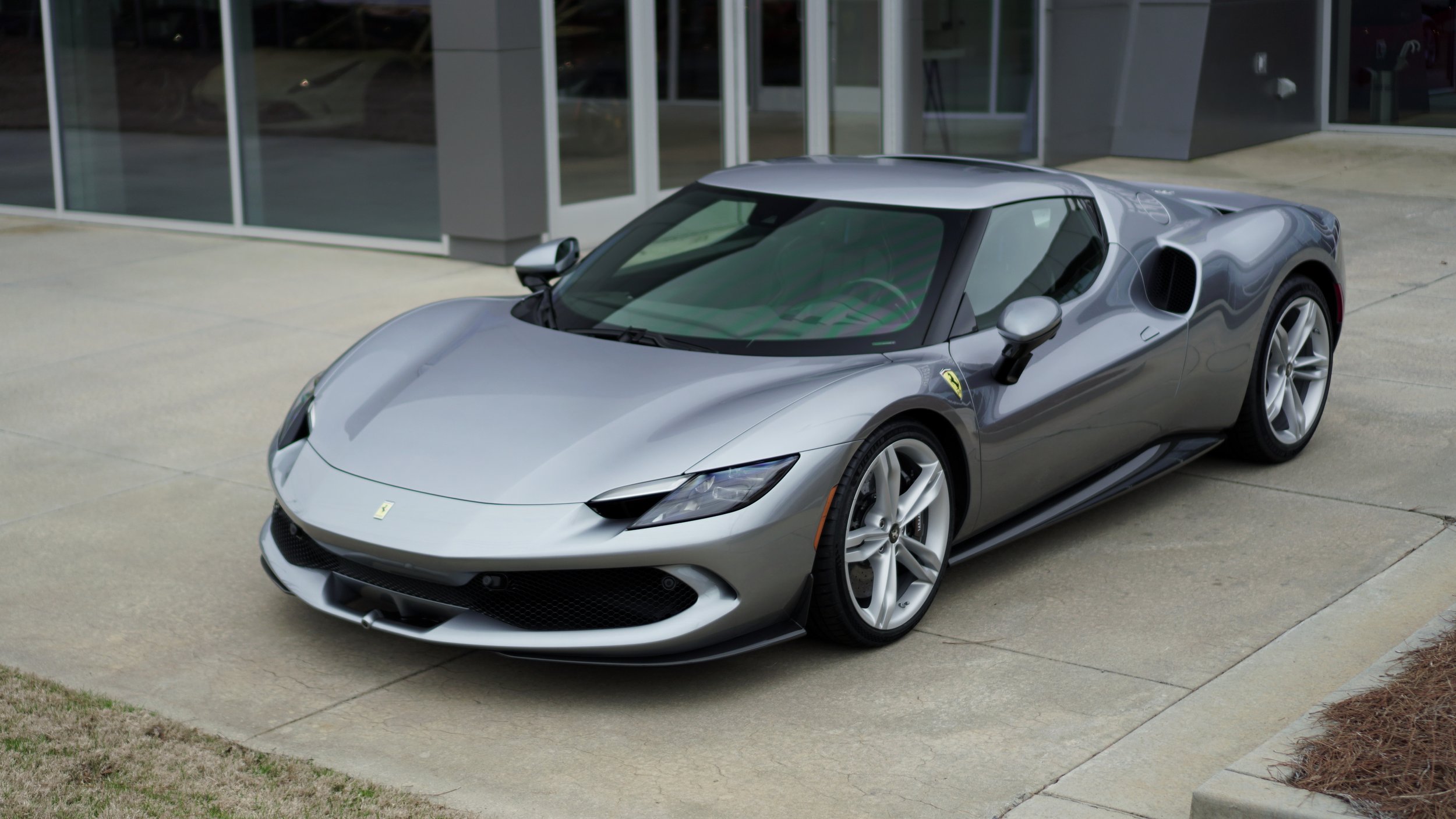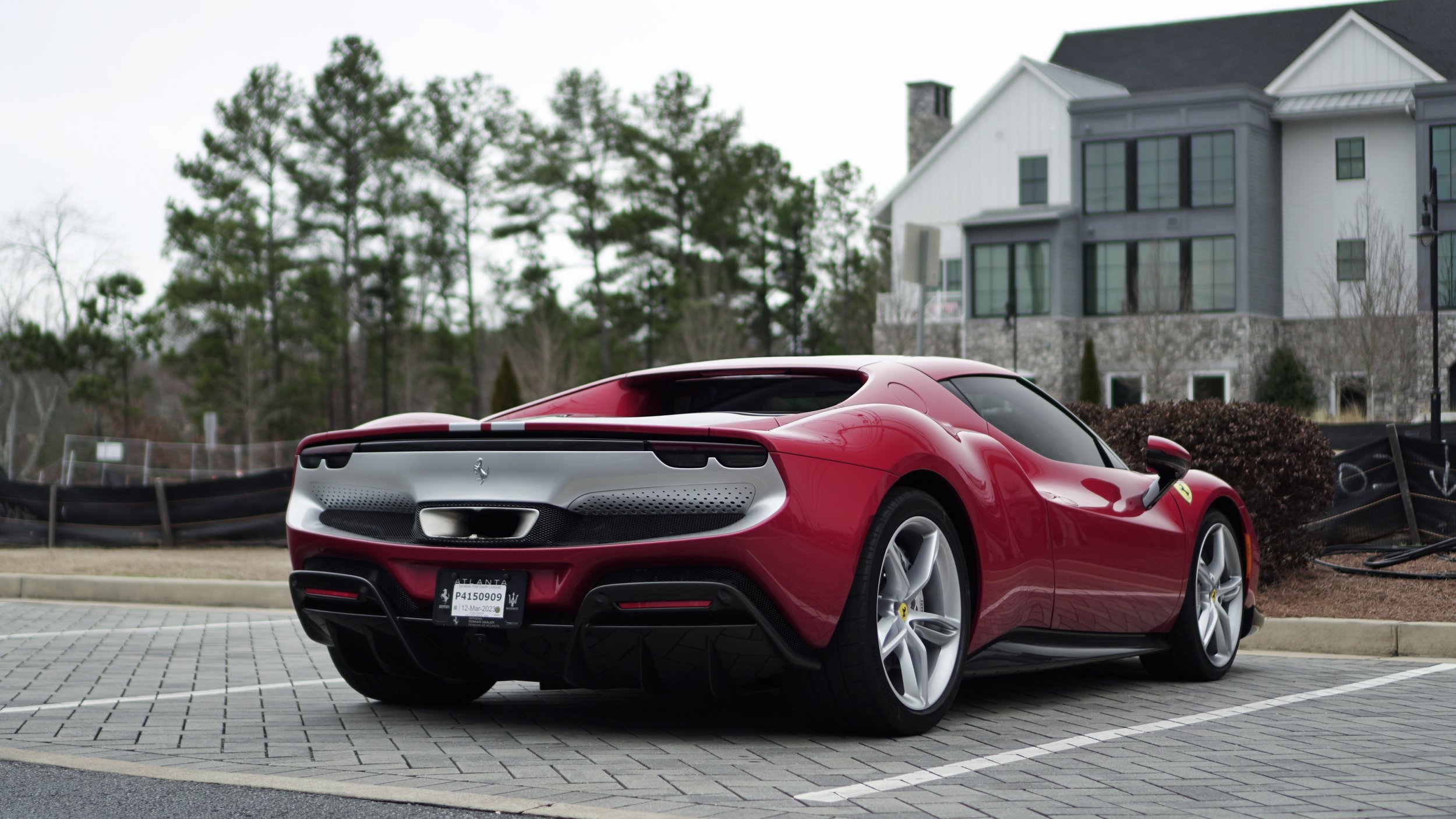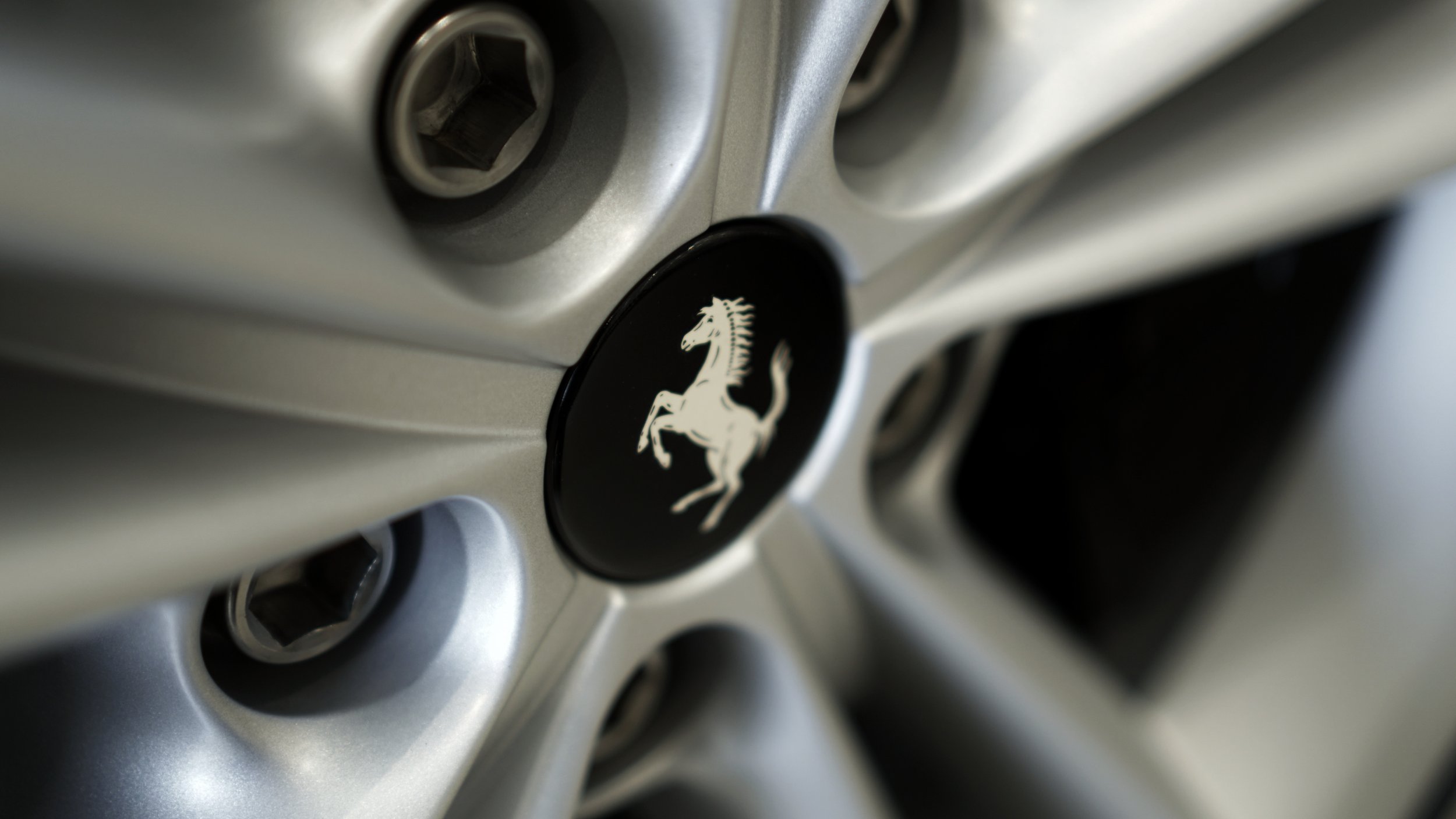A Horse of a Different Color
We are in the midst of a rather transformative stage in the automotive industry. Alternate power solutions, continual evolution of known technology, and advances in material science have contributed to rapid shifts in our expectations and demands for our vehicles, and it’s always exciting to see how these advances develop and grow in the field. It wasn’t so long ago that hybrid powertrains were relegated to economy cars. While these cars boasted impressive efficiency, and innovative technology, the driving experience was anything but inspiring. Environmental factors, efficiency regulations, and avant-garde ambition have helped hybrid tech expand across the industry, opening new & unforeseen portals in the performance car realm. Rather than supplant the power of a traditional engine, why not supplement it?
Ferrari holds a special place, even among its high end contemporaries, as a globally renowned luxury brand. Few manufacturers maintain such a great level of presence both inside and outside the automotive enthusiast sphere, such that the very idea of “driving a Ferrari” is a thrill unto itself before you even get behind the wheel.
LaFerrari was the company’s first hybrid model, an unorthodox move for the legendary marque, but an important decision as that car was built to celebrate Ferrari’s 70th anniversary, henceforth setting the framework for what we could expect from the company’s future. The SF90 Stradale followed suit in 2019, mating a trio of electric motors with a 4.0L twin-turbocharged V-8, and affirming Ferrari’s commitment to forward-thinking engineering.
The Ferrari 296 GTB takes this mission one step further, pairing an electric motor with an all new 2.9L V-6, the first six cylinder engine in a Ferrari-built vehicle since the Dino 246 GT. Internally known a the Tipo F163, this six-cylinder powerplant features a wide 120° bank, with two turbochargers nestled within. On its own, it is capable of 654 bhp, giving it the highest specific output of any production engine. An electric motor is placed between the engine and transmission and can provide an additional 165 bhp when needed. The electric motor also functions as a reverse gear, and can power the 296 on its own, albeit for a brief range of 15 miles. Total effective output is a simply colossal 819 bhp, making this the most powerful car I have ever driven. I’ve had the privilege of driving some absolutely phenomenal machines through my work and my personal pursuits, so my bar has admittedly been set quite high. The Ferrari 296 GTB nudges that bar ever higher.
Styling is as stunning as a Ferrari ought to be, and I especially appreciate the subtlety and restraint of the 296. Many cars, especially in the exotic realm, have leaned so hard into sharp edges and aggressive fascias, and while these are indeed striking designs, they can become visually overwhelming causing them to age rather quickly. The 296 GTB is far softer and more graceful, blending cues from many of Ferrari’s past & present models. The profile is reminiscent of the Enzo, and the rear fenders, which are my favorite detail, are a direct nod to the Dino 246, something of a spiritual predecessor to this car.
The driver-focused cabin is spacious and refreshingly free of the massive screens that plague many modern center stacks. All infotainment interfaces are relegated to the driver’s gauge cluster and an optional passenger display. The sheer number of controls that Ferrari places on the steering wheel, in order to free up space for its massive paddle shifters, takes some getting used to, but once you’ve done so, even the most mundane commute can feel like qualifying for a Formula 1 grid. I especially love the reimagined gated shifter design for the transmission selector. As a three-pedal purist, I’ll always desire a manual transmission, but there’s no denying how modern dual clutch autos are better suited to the massive power modern supercars produce. It’s a novel detail and a playful way to integrate one of Ferrari’s most recognizable design signatures.
In fact, the transmission is one of my biggest takeaways after my short jaunt with the 296 GTB. The 8-speed dual-clutch shifts faster than I can comprehend, powering through each successive gear before the shift paddle clicks back in place. As fierce as this may sound, the car’s masterful calibration makes spirited driving a suave and sensual experience. Forced induction and electric power are lauded for their instantaneous torque delivery, and from a purely qualitative perspective, there are several clear advantages here. However from a more irrational and emotional standpoint, there are so many unique qualities among traditional internal-combustion cars with various engine configurations, displacements, and aspirations, that contribute to each car’s respective “character,” the elusive X-Factor that speaks to enthusiasts.
Ferrari has managed to fuse these modern elements in a way that recaptures the thrill of the cars they’ve built their name upon. The 296’s hybrid drivetrain builds power with the seamless linearity of a high-revving, naturally aspirated block, making it easy to forget that this car is turbocharged or electrically assisted, and it’s accompanied by a soundtrack that belies its humble configuration and capacity. Only the Italians could make a six-cylinder sing like a V-12, and the whistles and flutters of its twin turbochargers add a delightful dose of drama.
Our route wasn’t long or secluded enough to explore the 296’s handling, but it was an excellent opportunity to feel how comfortable and livable it is. Electrically assisted steering and brakes do an excellent job of transmitting chassis feedback and road texture, and both operate with predictable and progressive effort. At 3,700 lbs, the 296 GTB is on the heavier side of the supercar spectrum, thanks to its battery pack and electric motor, however Ferrari has set the car up in such a way that feels light on its feet while still remaining robust and solid.
Change can be a difficult thing to adapt to in a field where passion and enthusiasm run so deeply, especially when that change is marked by downsizing, automation, and digitization. It’s refreshing and reassuring to know that manufacturers such as Ferrari can evolve and acclimate to these changes while still holding true to the principles they built their company upon. Here’s to what’s next.
2023 Ferrari 296 GTB
Pricing: $338,225 / $453,467 as tested
Powertrain: 2.9L Twin-Turbocharged V-6, YASA MGU-K Dual-Rotor Single-Stator Axial Flux Motor
Transmission: 8-Speed Dual Clutch Automatic w/ Manual Shift Mode
Horsepower: 819 bhp
Torque: 546 lb.ft.
Performance
0 to 60 mph: 2.9 sec
0 to 100 mph: 5.7 sec
Standing ¼-mile: 9.7 sec
Top Speed: 205 mph
Dimensions
Wheelbase: 102.4 in.
Length: 179.7 in.
Width: 77.1 in.
Height: 46.7 in.
Curb Weight: 3,700 lbs.


